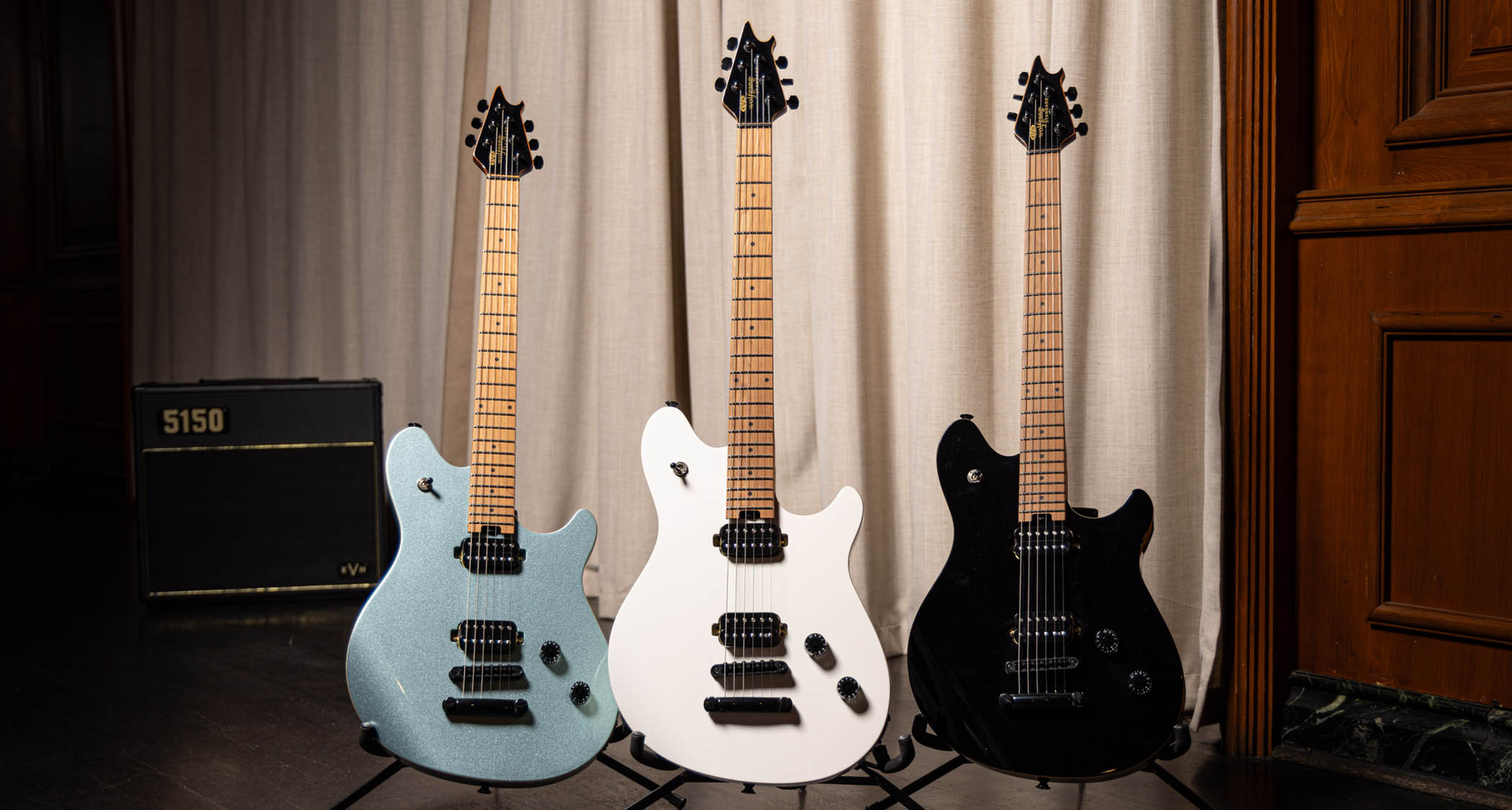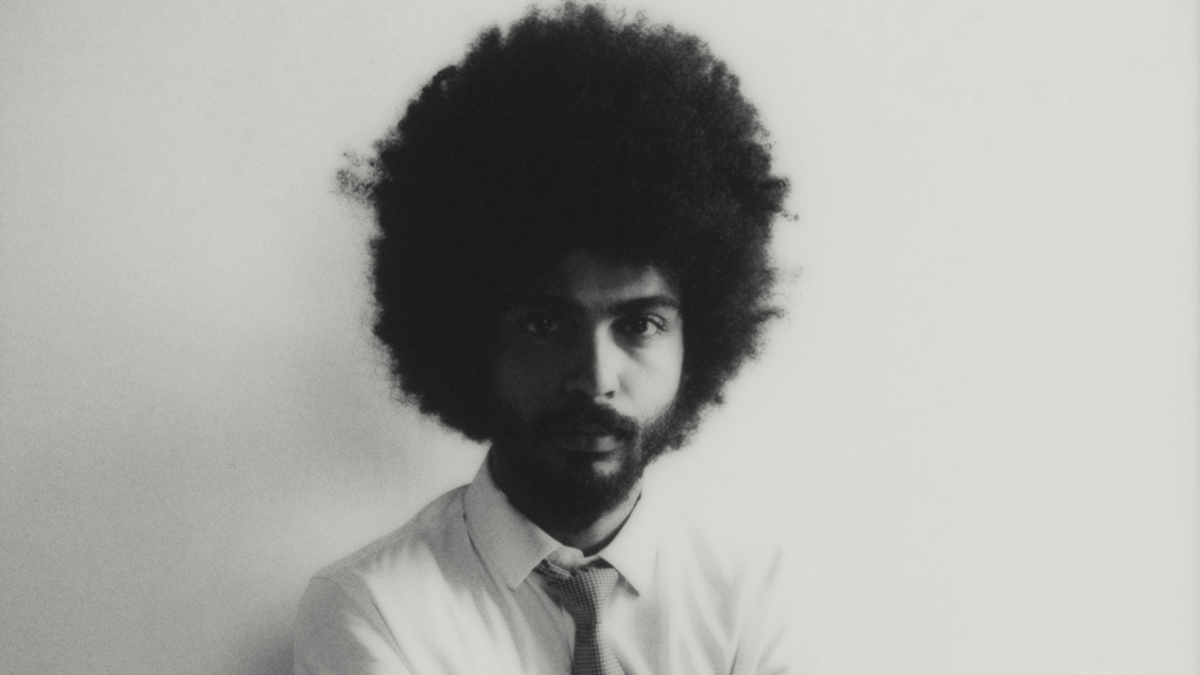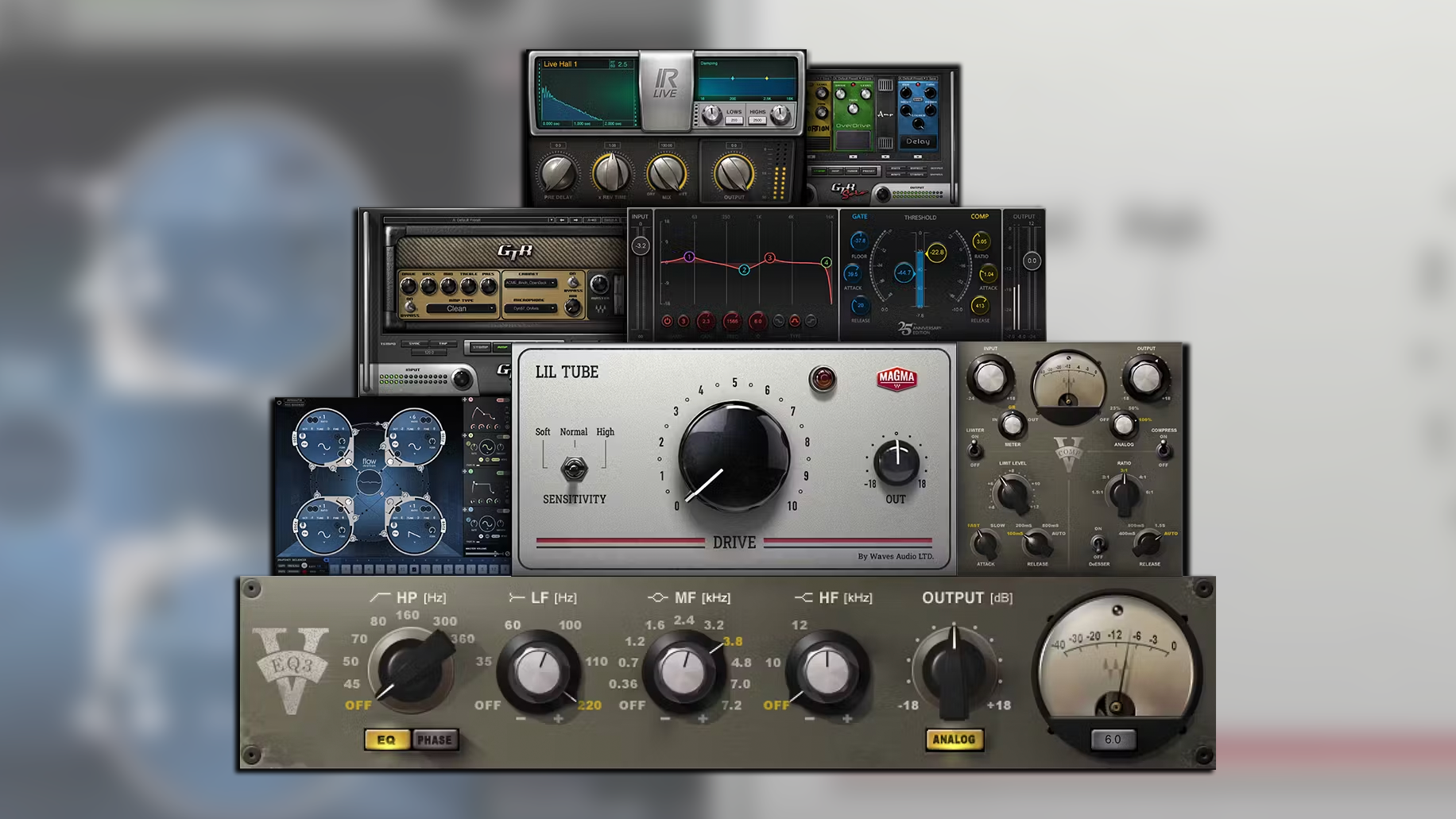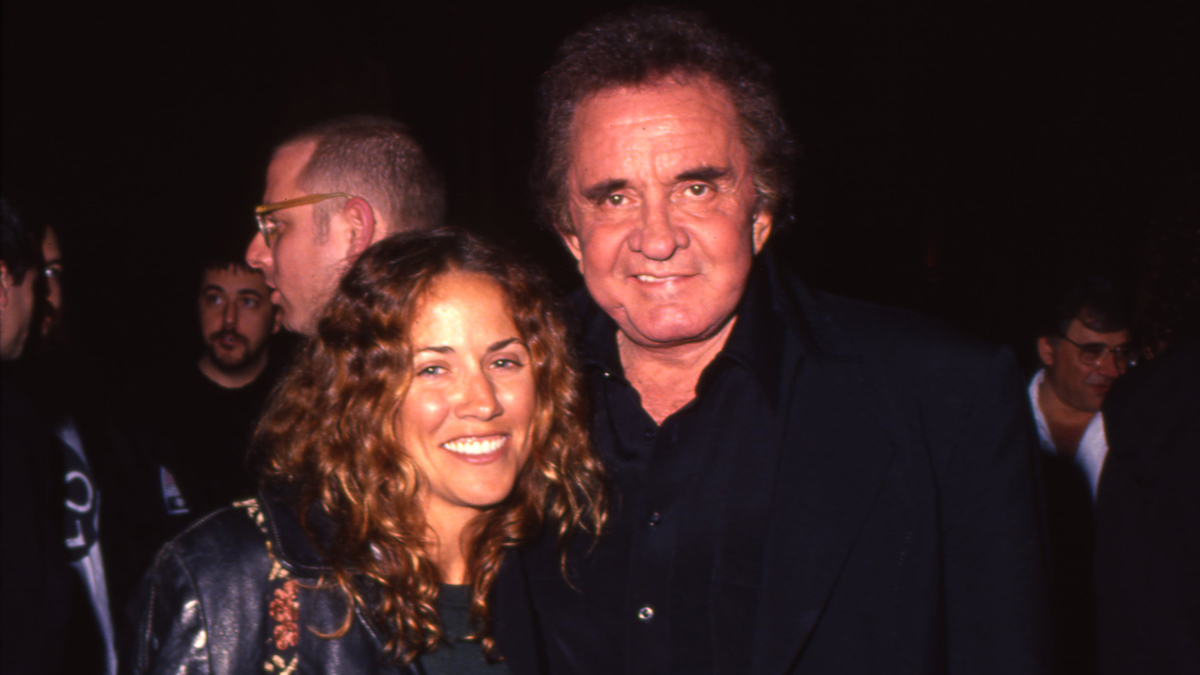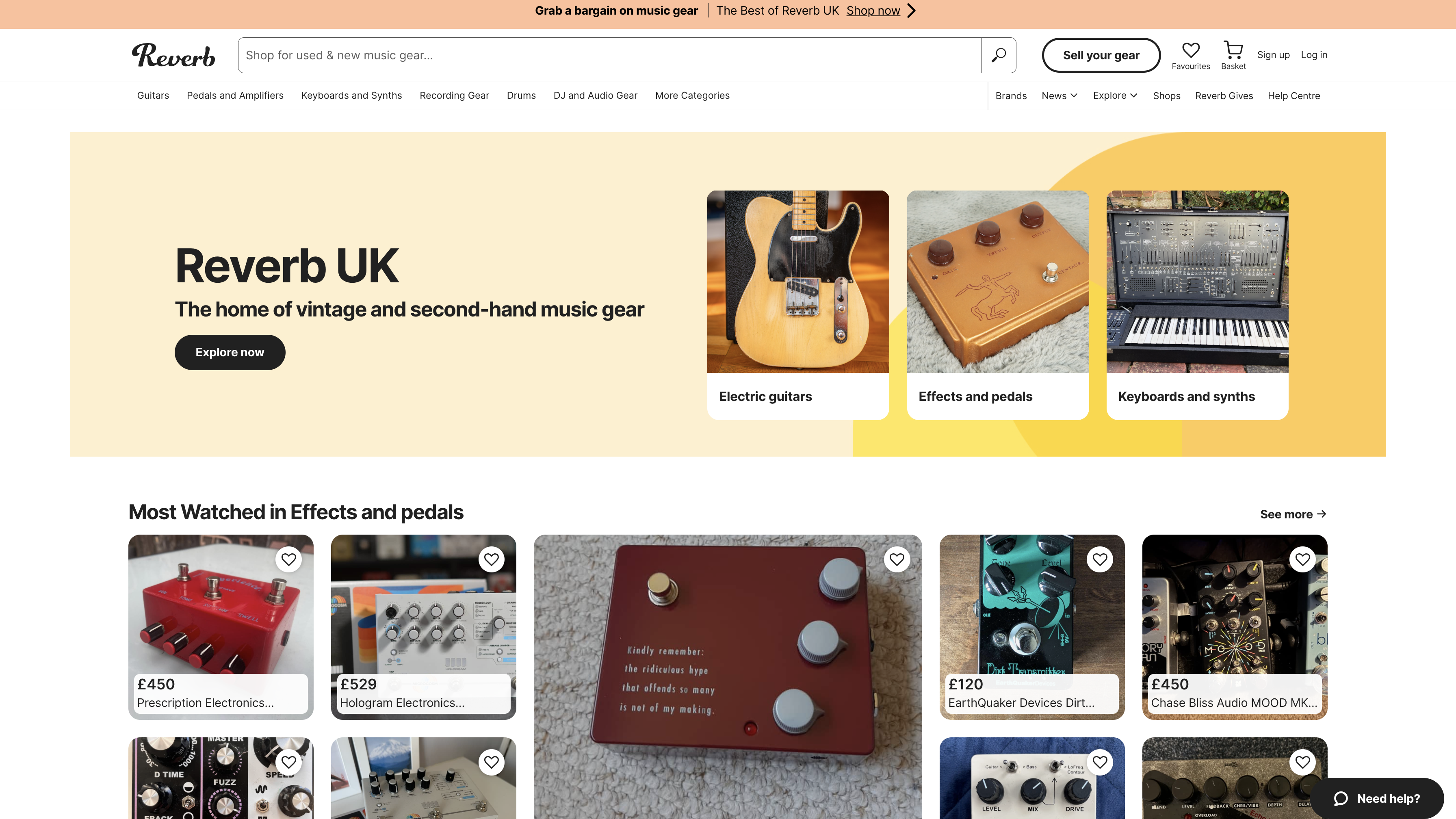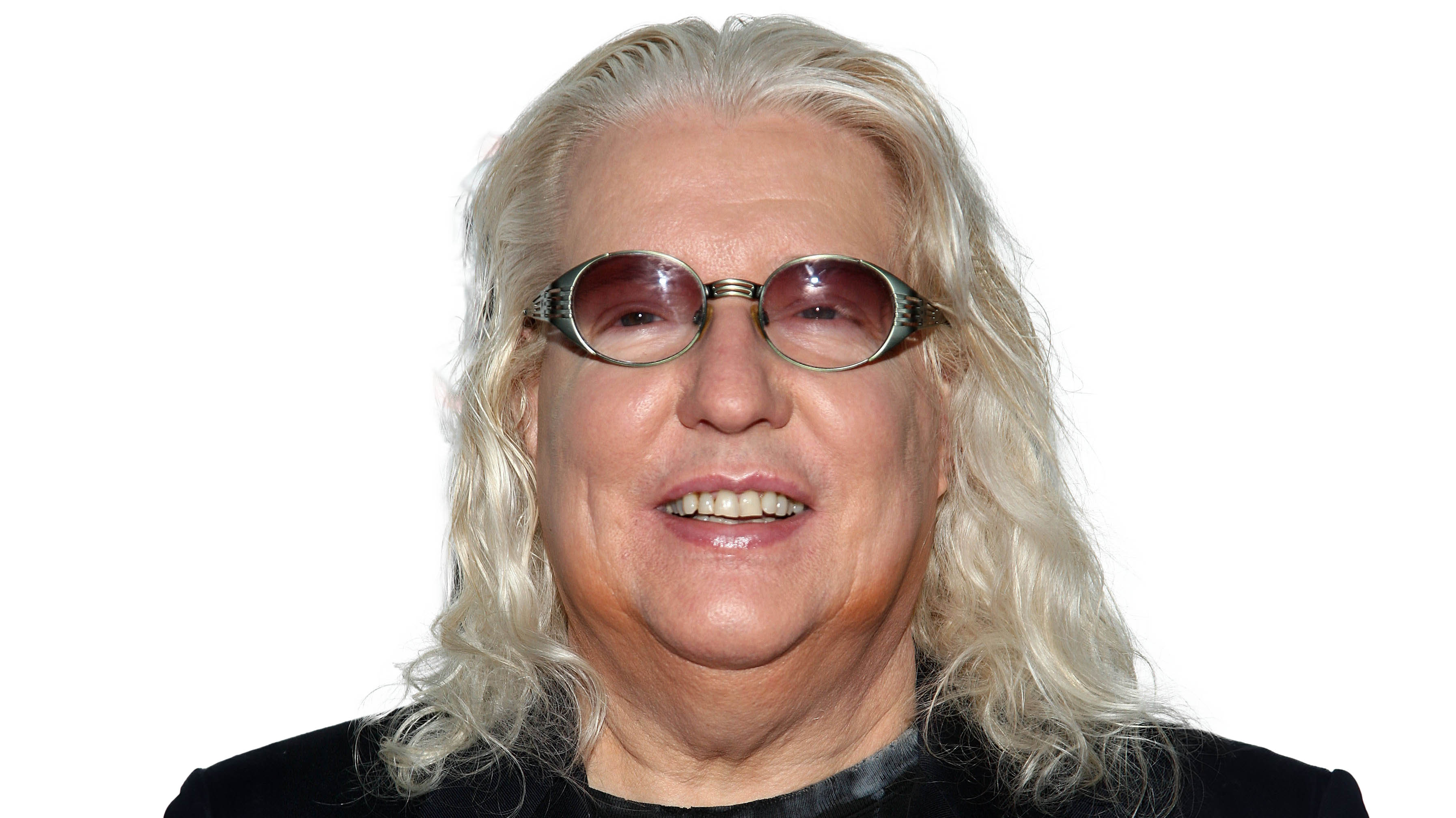Roland’s GO:MIXER PRO-X looks like its best smartphone audio mixer yet
Now with a guitar/bass pad switch and extended mix input options
We’re assuming that Roland’s smartphone-friendly GO:MIXER products have proven to be pretty popular, as the company has just announced a third one, the GO:MIXER Pro-X.
An evolution of the GO:MIXER Pro - which was itself an improvement on the original GO:MIXER - the Pro-X offers even more options for the creator who wants to connect multiple audio sources to their Android or iOS device.
• The best home studio mixers 2021: analogue and digital mixing desks for all budgets
Improvements over the Pro model include a guitar/bass input pad switch to attenuate the signal if you have active pickups, and the ability to use a headset mic or the inline mic on smartphone earbuds as a sound source.
You can connect up to seven audio sources in total, including an XLR mic, guitar or bass, a stereo instrument (a keyboard or drum machine, for example) and two stereo line-level devices.
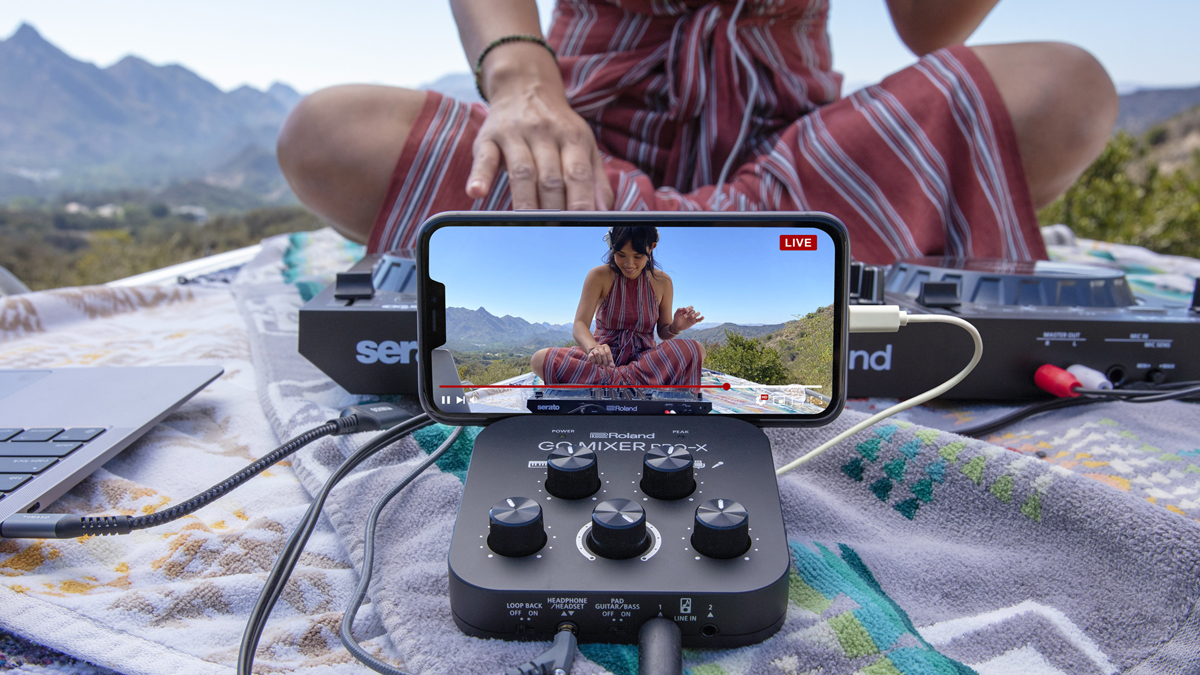
The headphone jack supports an additional mic feed, and there’s a Loop Back function that enables you to mix in audio from the connected mobile device.
Speaking of which, connectivity to your smartphone can be over USB Micro-B or four-pole TRRS analogue jack, and Lightning, USB-C, and four-pole TRRS jack cables are included. The GO:MIXER Pro-X can be powered through the USB connection or, when this isn’t being used, via four AAA batteries. As well as being a mixer, it also works as an audio interface.
Get the MusicRadar Newsletter
Want all the hottest music and gear news, reviews, deals, features and more, direct to your inbox? Sign up here.
The GO:MIXER Pro-X will be available in August priced at $150. Find out more on the Roland website.



I’m the Deputy Editor of MusicRadar, having worked on the site since its launch in 2007. I previously spent eight years working on our sister magazine, Computer Music. I’ve been playing the piano, gigging in bands and failing to finish tracks at home for more than 30 years, 24 of which I’ve also spent writing about music and the ever-changing technology used to make it.
“I just treated it like I treat my 4-track… It sounds exactly like what I was used to getting with tape”: How Yves Jarvis recorded his whole album in Audacity, the free and open-source audio editor
“It shows enough promise to become the controller to rule them all”: Melbourne Instruments Roto-Control review
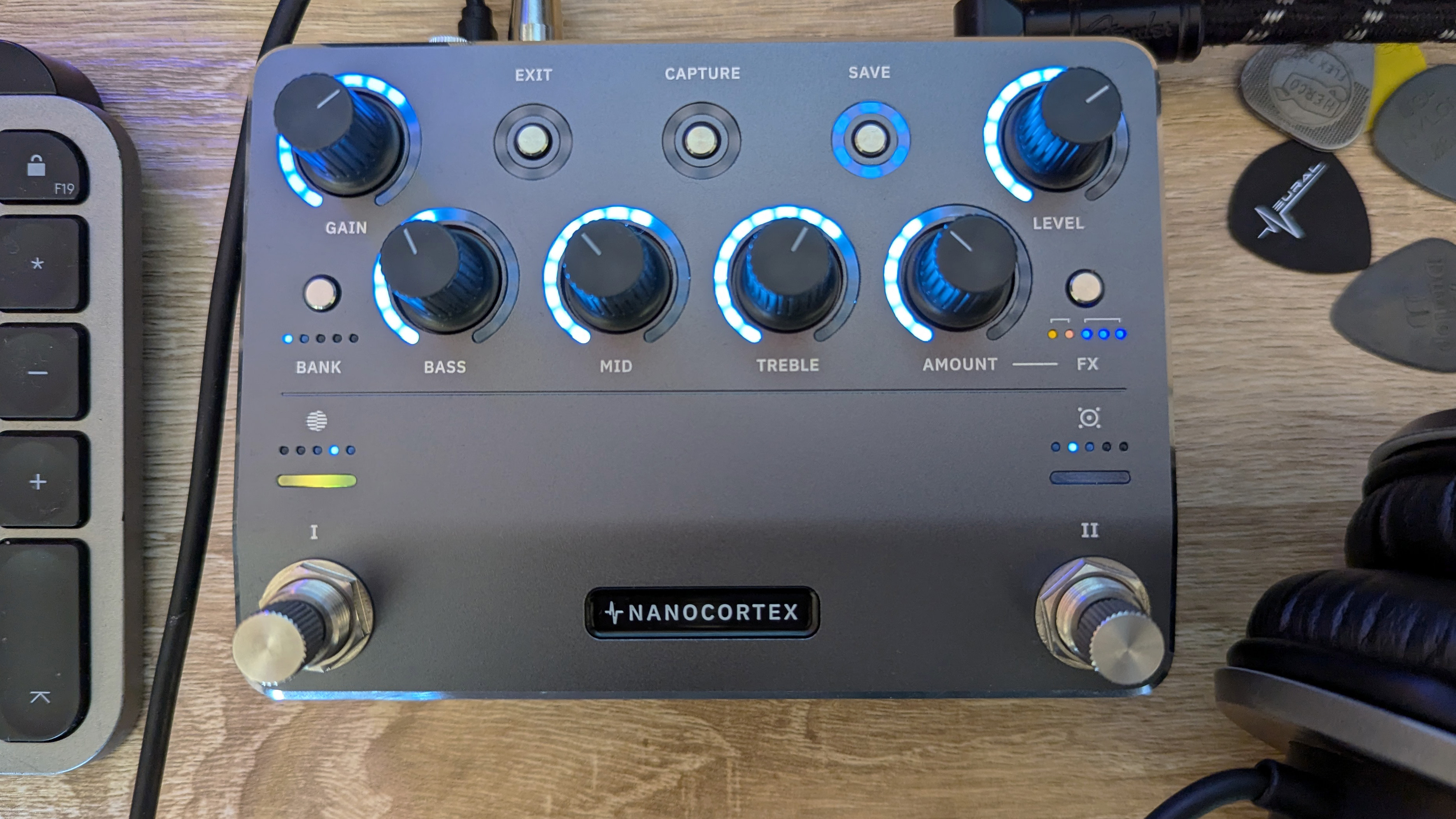
![Gretsch Limited Edition Paisley Penguin [left] and Honey Dipper Resonator: the Penguin dresses the famous singlecut in gold sparkle with a Paisley Pattern graphic, while the 99 per cent aluminium Honey Dipper makes a welcome return to the lineup.](https://cdn.mos.cms.futurecdn.net/BgZycMYFMAgTErT4DdsgbG.jpg)
